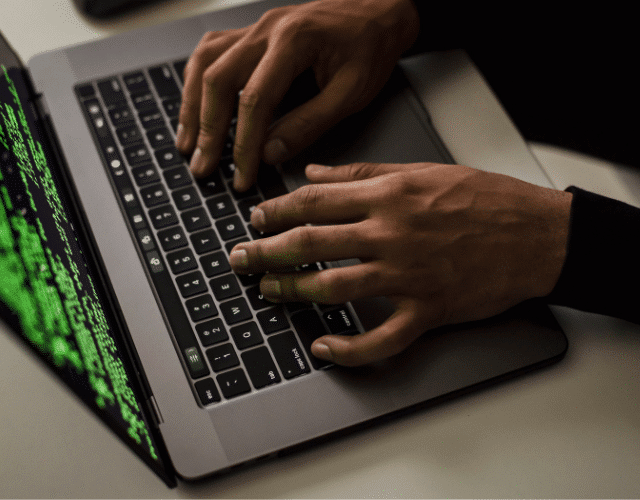
Understanding the risk
Ransomware attacks have been slowly escalating for years, with hostage-takers using malicious code to wreak havoc on private individuals and businesses alike. When it hits your business, vital data gets encrypted and recovering from the attack could cost millions in reputation and lost revenue. Ransomware threats increased by 300% last year.
We continue to see companies like Travelex, the world’s largest foreign exchange bureau, being attacked. The Department of Homeland Security issued a warning in 2020 for U.S. companies to “consider and assess” the possible impacts and threat of a cyberattack on their businesses following heightened tensions with Iran. With these alarming statistics and headlines, it is no longer a matter of if your company will be attacked, but when.
Things get even scarier when you look at the cost of these attacks:
- In 2021, ransomware attacks cost businesses an estimated $20 billion+
- The average recovery cost was $1.4 million
It’s clear: ransomware is not only growing more frequent, but more costly as well. Given the growing inevitability of a ransomware attack, businesses can’t just rely on cyber-security measures to prevent attacks—the reality is that one will eventually get through. It’s not enough to just have a disaster recovery plan in place. Instead, you need to transition to a cyber-resilient approach to ensure always-on service.
Given the growing inevitability of a ransomware attack, businesses can’t just rely on cyber-security measures to prevent attacks—the reality is that one will eventually get through. It’s not enough to just have a disaster recovery plan in place. Instead, you need to transition to a cyber-resilient approach to ensure always-on service.
-
WHAT IS RANSOMWARE?
Malicious software is designed to gain access to files and encrypt data by generating a private-public pair of keys. The data is impossible to decrypt without the private key which is stored on the attacker’s server until the ransom is paid.
Acess the guide below: Cyber Resilience: Manage And Mitigate The High Cost Of Cyber Threats With Zerto.
Access Datasheet -
WHAT IS CYBER RESILIENCE?
Cyber resilience is preparing for, responding and recovering from a cyberattack. It’s not just about prevention anymore. Rather, it’s about consistently ensuring the integrity of your critical data. Cyber resilience spans your people, process and technology.
Guide to Cyber resilience
RANSOMWARE RECOVERY IN ACTION
Zerto’s continuous data protection (CDP) keeps your data protected in real time. In only a few clicks, you can fully recover data
with granularity to a point in time precisely before the attack occurred. Zerto’s journal-based recovery is flexible enough to recover
only what you need: be it a few files, virtual machines, or an entire application stack.
Watch the demo to see how quickly and easily you can recover from ransomware and other threats.


